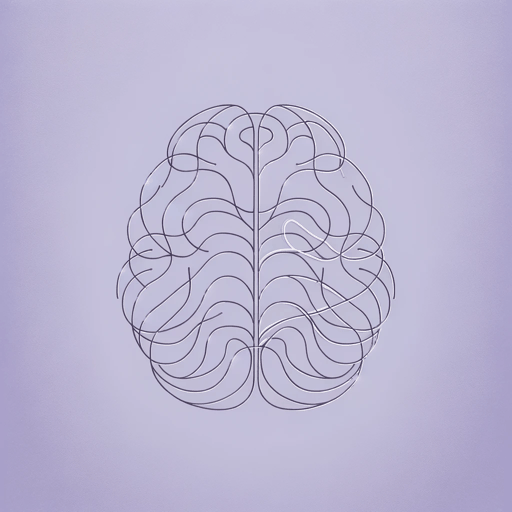47 pages • 1 hour read
Bessel van der KolkThe Body Keeps the Score: Brain, Mind, and Body in the Healing of Trauma
Nonfiction | Book | Adult | Published in 2014A modern alternative to SparkNotes and CliffsNotes, SuperSummary offers high-quality Study Guides with detailed chapter summaries and analysis of major themes, characters, and more.
Part 4Chapter Summaries & Analyses
Part 4: “The Imprint of Trauma”
Part 4, Chapter 11 Summary: “Uncovering Secrets: The Problem of Traumatic Memory”
Van der Kolk expands on the idea of repressed memories and the ways traumatic memory functions differently from normal memory. Memory becomes clearer when a person secretes more adrenaline (as in a dangerous situation), but too much adrenaline shuts off the rational mind. Van der Kolk explains: “As a result, the imprints of traumatic experience are organized not as coherent logical narratives but in fragmented sensory and emotional traces” (178). Van der Kolk also notes that while treating repressed memories is a challenge, explaining them to laypeople presents a different challenge, particularly in instances where traumatic memory becomes part of evidence given in a court of law.
Van der Kolk provides some historical context for the psychiatric study of traumatic memory, detailing how Jean-Martin Charcot, Pierre Janet, and Sigmund Freud began studying “hysteria” in the late 19th century. Van der Kolk acknowledges that he learned most from Janet, who was “foremost a clinician whose goal was to treat his patients” (181). He adds, “Janet was the first to point out the difference between ‘narrative memory’—the stories people tell about trauma—and traumatic memory itself” (181).

